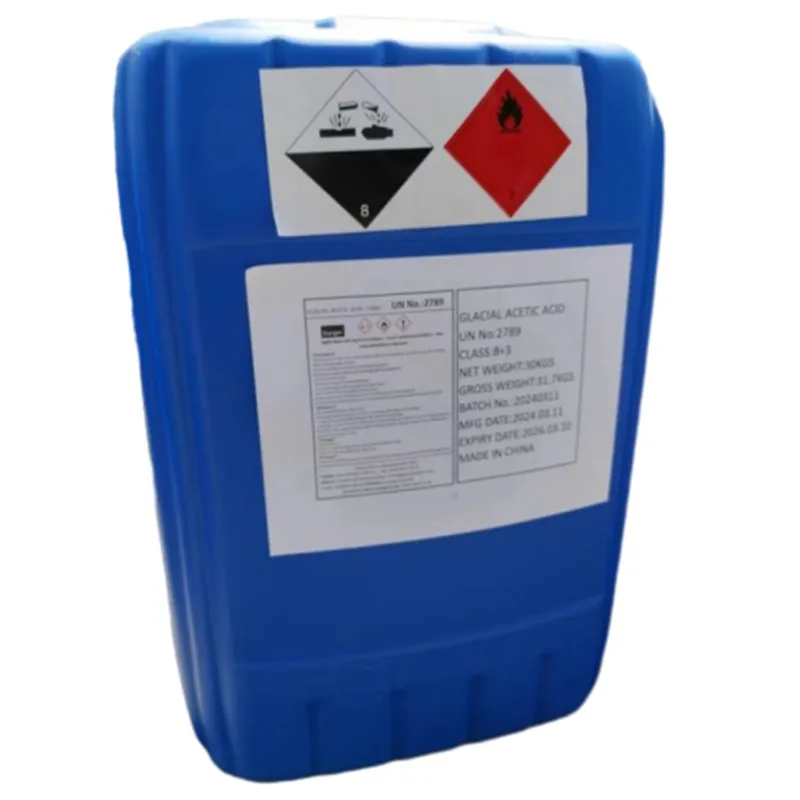
Exploring the Role of Antioxidants as Effective Food Preservatives in Modern Cooking
Antioxidant Preservatives The Unsung Heroes of Food Preservation
In the modern food industry, the quest for freshness, flavor, and safety is an ongoing challenge. As consumers increasingly seek foods that not only taste great but also maintain their nutritional value, food scientists and manufacturers are turning to various methods to extend shelf life. Among these methods, antioxidant preservatives play a critical role. These compounds are essential for preventing the oxidation of food, which can lead to spoilage, rancidity, and a decrease in nutritional quality.
Understanding Antioxidants
Antioxidants are substances that can prevent or slow the damage to cells caused by free radicals—reactive molecules that can result from various environmental factors, including pollution, radiation, and even the natural metabolic processes within our bodies. In the context of food preservation, antioxidants combat the oxidative reactions that lead to the degradation of fats, oils, and other sensitive components in a product.
When foods are exposed to air, light, or heat, the fats can oxidize, resulting in off-flavors and odors. This is particularly evident in products such as cooking oils, nuts, and snack foods, where rancidity can rapidly render the food unpalatable. By adding antioxidant preservatives, manufacturers can effectively slow down these reactions, maintaining the taste and quality of the food.
Common Types of Antioxidant Preservatives
There are two main categories of antioxidants used in food preservation natural and synthetic
.1. Natural Antioxidants Many consumers prefer natural ingredients, prompting the use of naturally derived antioxidants. These include vitamins such as Vitamin E (tocopherols and tocotrienols) and Vitamin C (ascorbic acid), as well as extracts from plants such as rosemary and green tea. These natural antioxidants not only provide preservation benefits but also offer potential health benefits when consumed.
2. Synthetic Antioxidants While natural antioxidants are popular, synthetic options like BHA (butylated hydroxyanisole), BHT (butylated hydroxytoluene), and TBHQ (tert-butylhydroquinone) are also widely utilized due to their efficacy and cost-effectiveness. These compounds are often found in processed foods, including cereals, fried snacks, and meats. Regulatory agencies, such as the FDA, have established acceptable daily intake levels for these preservatives, deeming them safe for consumption in moderate amounts.
antioxidant preservative

The Benefits of Antioxidant Preservatives
The advantages of using antioxidant preservatives extend beyond just preventing spoilage. They also help maintain the nutritional value of the food by preserving vitamins and other essential nutrients that can be degraded through oxidation. Additionally, antioxidants can enhance the stability of the food, resulting in a longer shelf life and reduced food waste—a growing concern in today's society. By ensuring that products remain safe and palatable for a more extended period, antioxidant preservatives aid in meeting consumer demand for convenience.
Moreover, the potential health benefits associated with the consumption of antioxidant-rich foods are gaining attention. Antioxidants are believed to contribute to the reduction of chronic diseases, such as heart disease and cancer, by neutralizing free radicals in the body.
Challenges and Consumer Perception
Despite their benefits, there are challenges associated with the use of both natural and synthetic antioxidant preservatives. The growing trend toward clean eating has led many consumers to scrutinize food labels, often favoring products without artificial additives. In response, food manufacturers are increasingly seeking natural antioxidant options or those that can be derived from whole foods.
Furthermore, regulatory pressures are influencing the use of certain synthetic antioxidants, leading to a reevaluation of their safety and efficacy. This scrutiny underscores the importance of ongoing research in food science to better understand the long-term effects of these preservatives on health.
Conclusion
Antioxidant preservatives are vital components in the realm of food preservation, providing essential benefits in maintaining the freshness, flavor, and safety of various products. As consumers demand cleaner labels and healthier options, the food industry must adapt, balancing preservation needs with consumer preferences. Ultimately, the future of food preservation may lie in the harmonious integration of both natural and synthetic antioxidants, ensuring that consumers enjoy safe, nutritious, and flavorful foods throughout their shelf life.
-
Pure Sodium Dichloroisocyanurate Dihydrate | Powerful DisinfectantNewsAug.29,2025
-
Industrial Chemicals: Quality & Purity for Every IndustryNewsAug.28,2025
-
Nitrile Rubber Honoring Strict Production StandardsNewsAug.22,2025
-
Aspartame Ingredients Honoring Food Safety ValuesNewsAug.22,2025
-
Fertilizer for Balanced Plant NutritionNewsAug.22,2025
-
Cyanide Gold Processing with High Purity AdditivesNewsAug.22,2025
-
Formic Acid in Textile Dyeing ApplicationsNewsAug.22,2025
Hebei Tenger Chemical Technology Co., Ltd. focuses on the chemical industry and is committed to the export service of chemical raw materials.
-

view more DiethanolisopropanolamineIn the ever-growing field of chemical solutions, diethanolisopropanolamine (DEIPA) stands out as a versatile and important compound. Due to its unique chemical structure and properties, DEIPA is of interest to various industries including construction, personal care, and agriculture. -

view more TriisopropanolamineTriisopropanolamine (TIPA) alkanol amine substance, is a kind of alcohol amine compound with amino and alcohol hydroxyl, and because of its molecules contains both amino and hydroxyl. -

view more Tetramethyl Thiuram DisulfideTetramethyl thiuram disulfide, also known as TMTD, is a white to light-yellow powder with a distinct sulfur-like odor. It is soluble in organic solvents such as benzene, acetone, and ethyl acetate, making it highly versatile for use in different formulations. TMTD is known for its excellent vulcanization acceleration properties, which makes it a key ingredient in the production of rubber products. Additionally, it acts as an effective fungicide and bactericide, making it valuable in agricultural applications. Its high purity and stability ensure consistent performance, making it a preferred choice for manufacturers across various industries.





